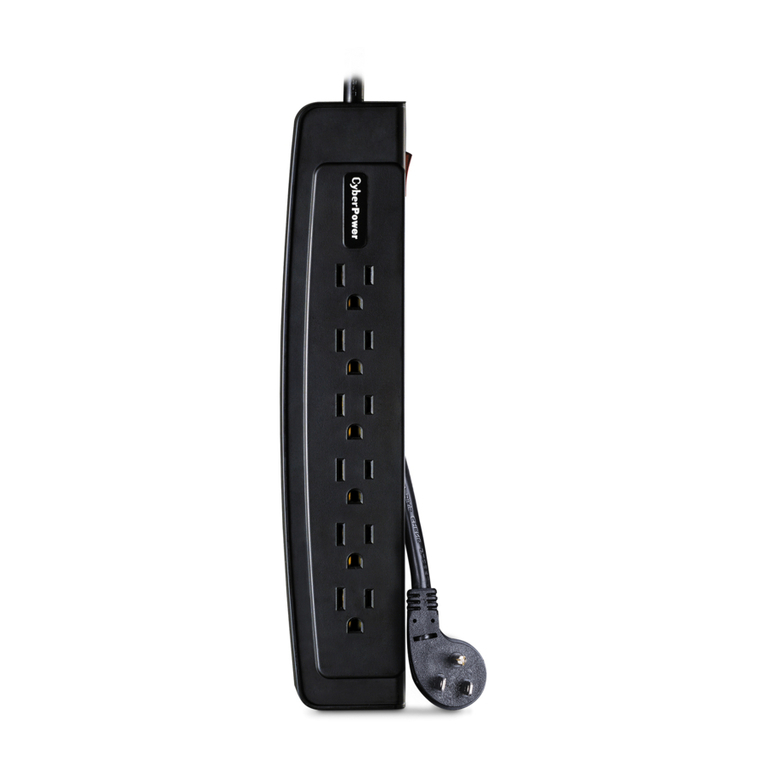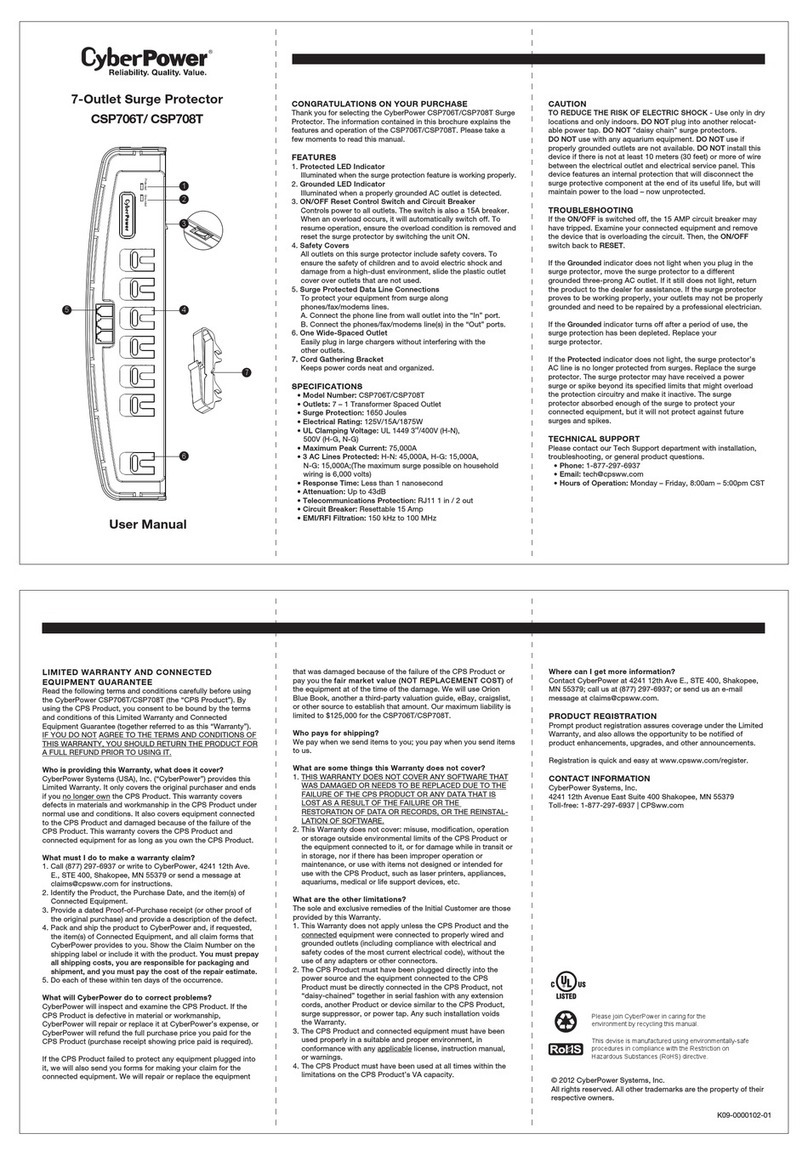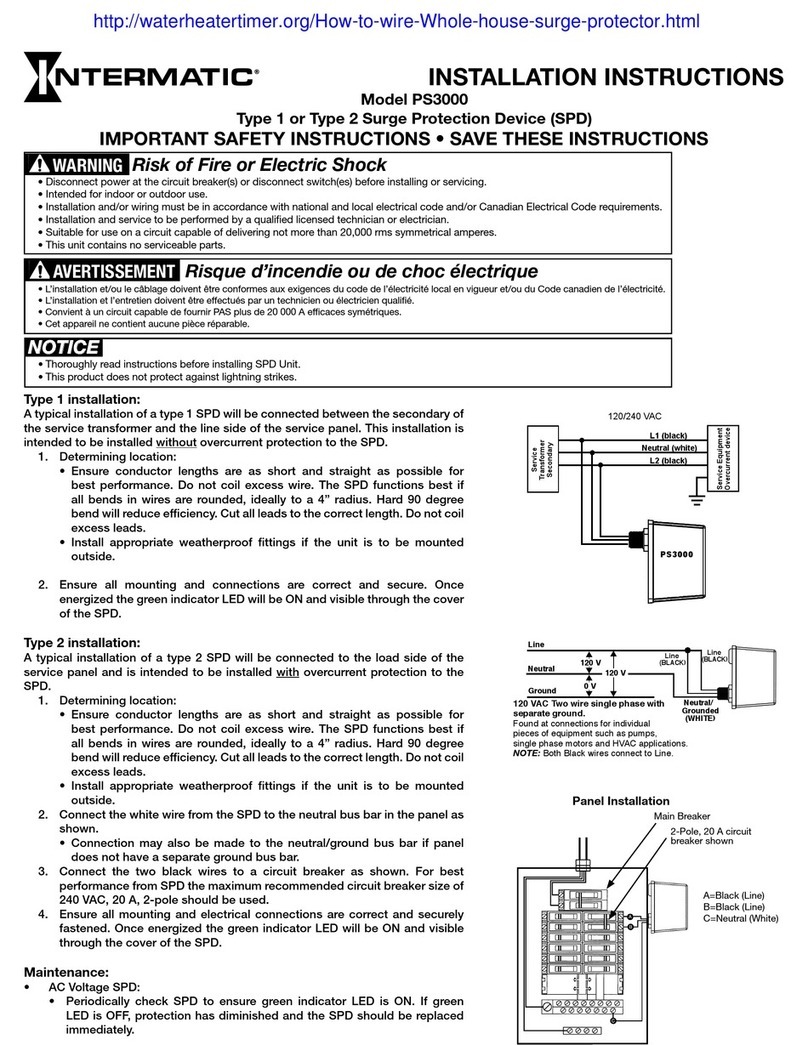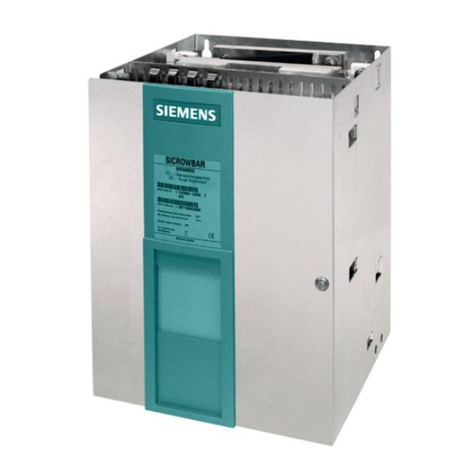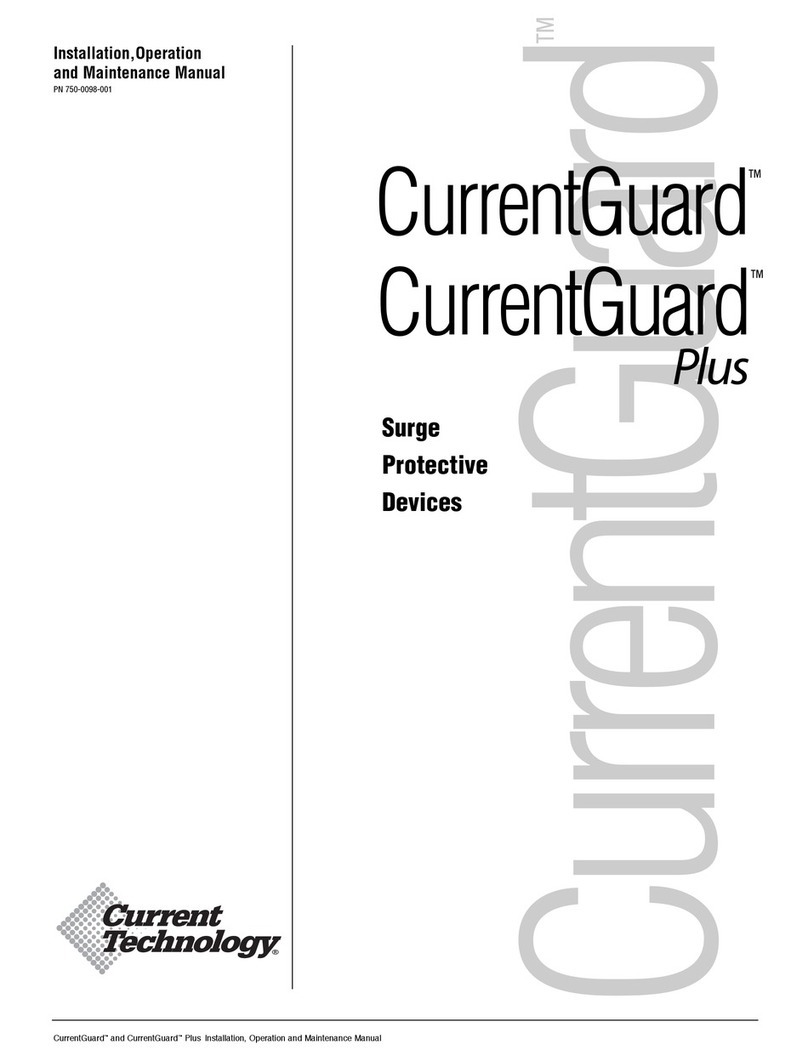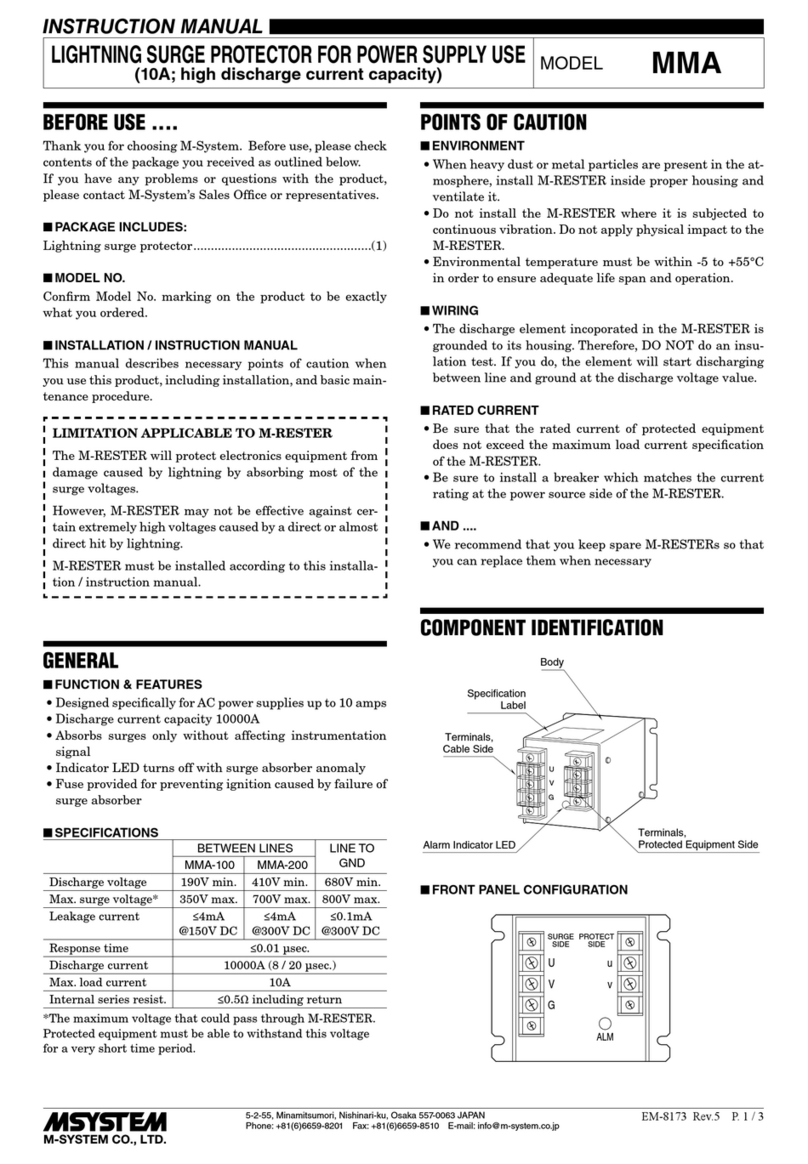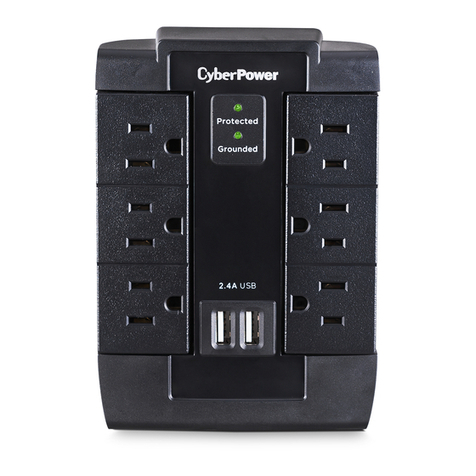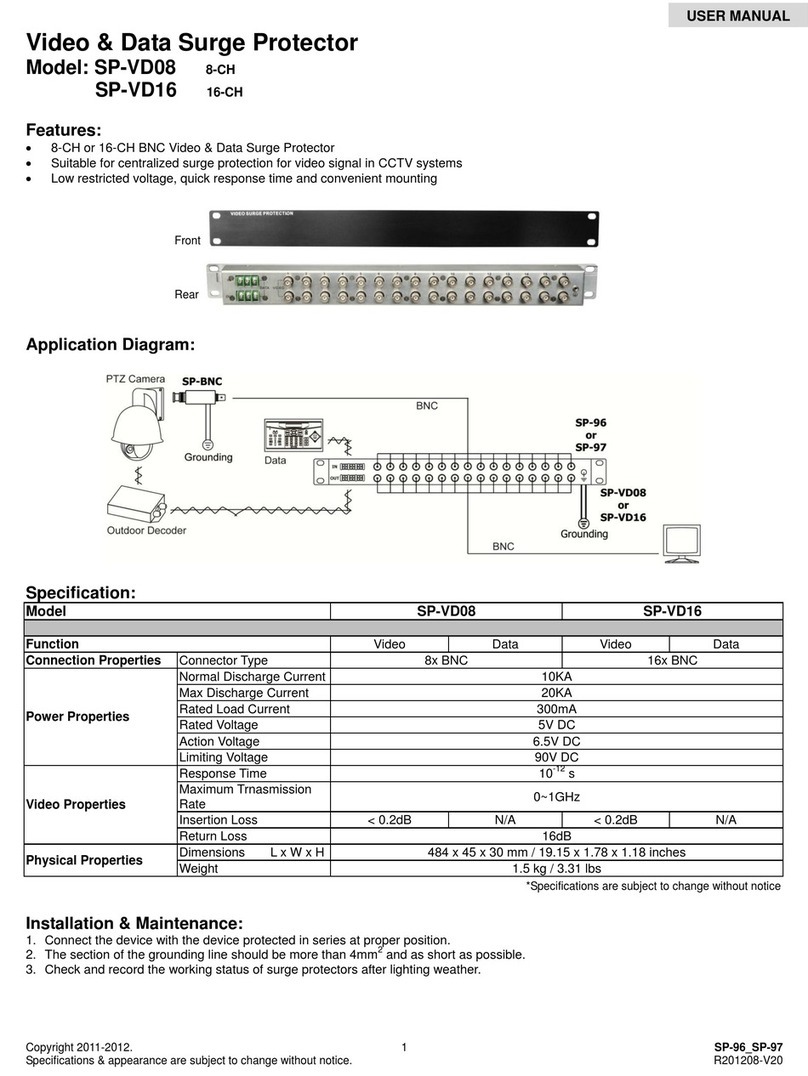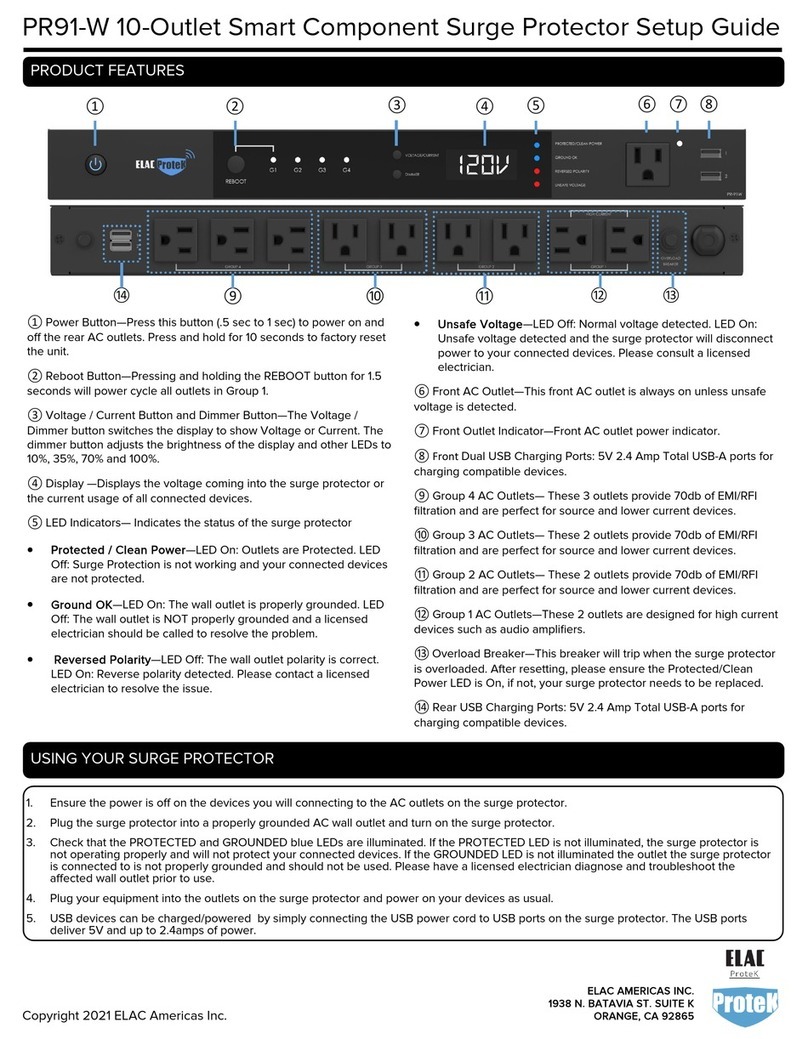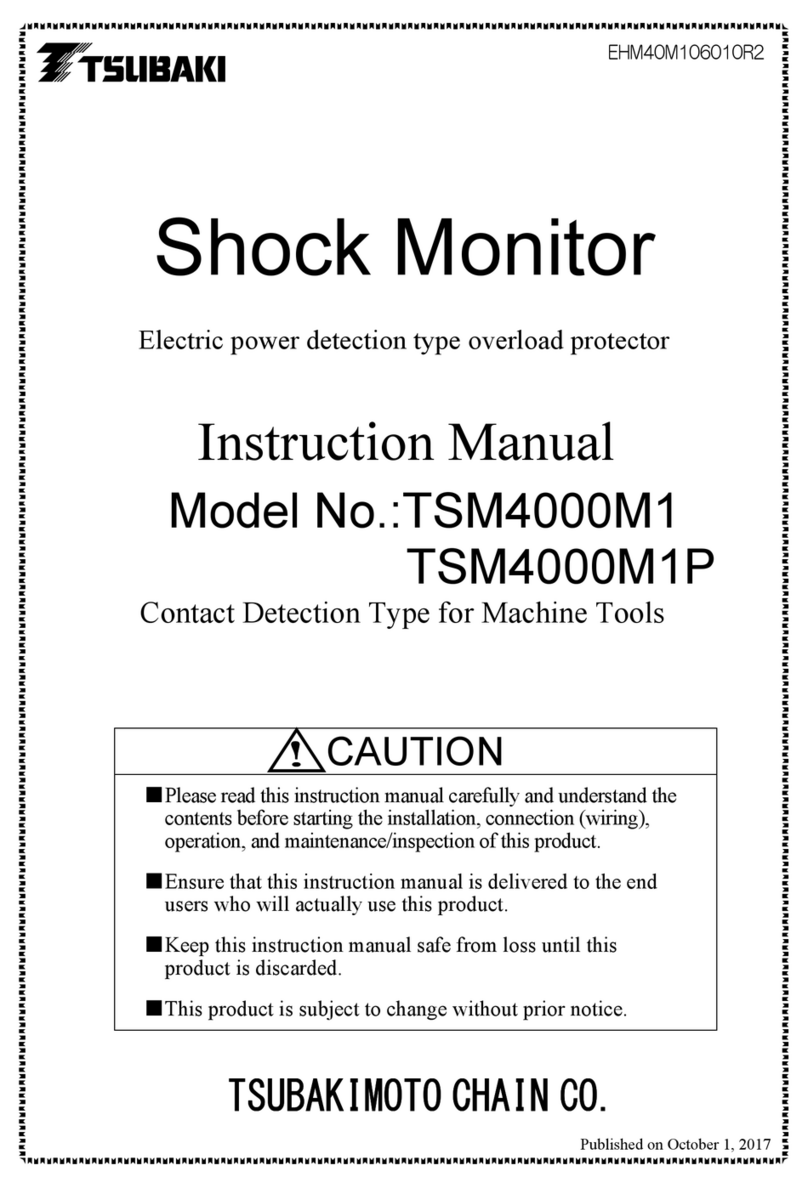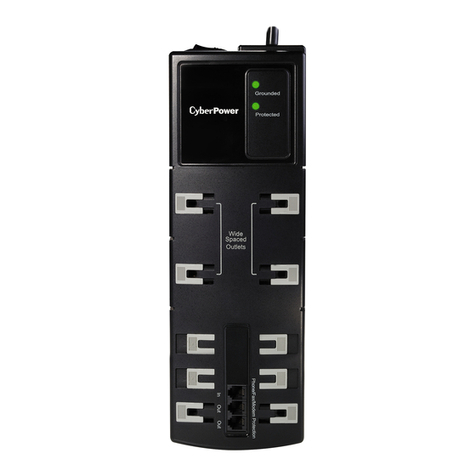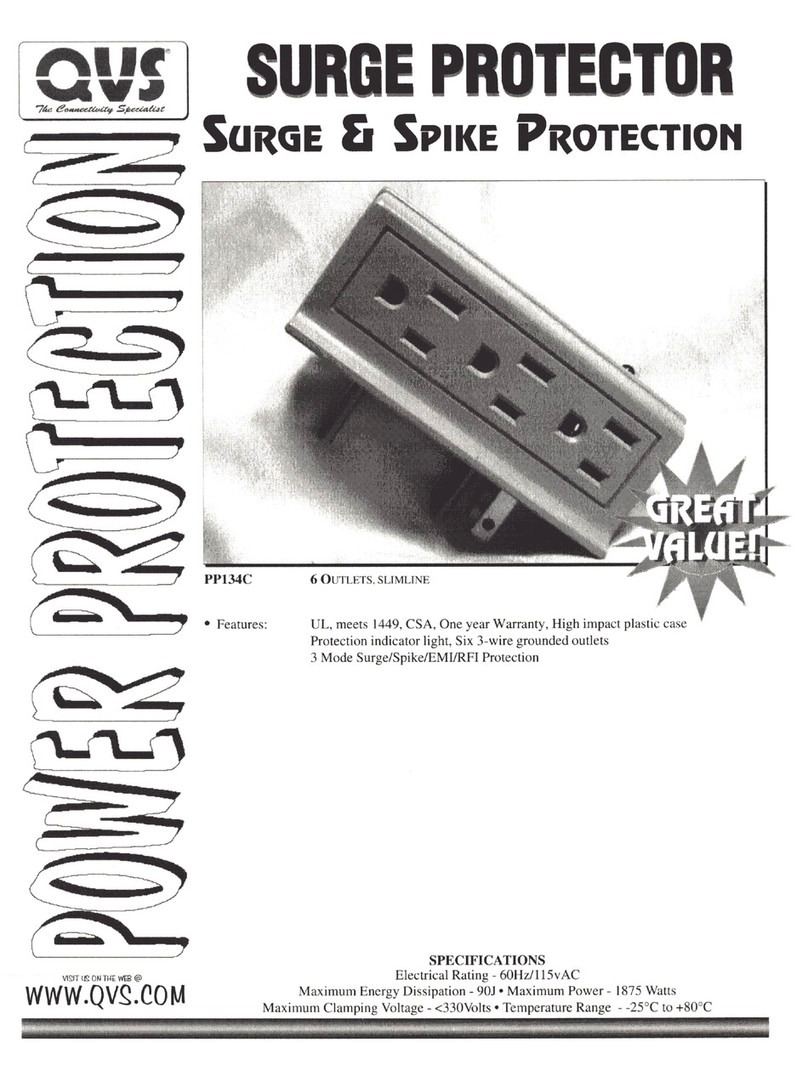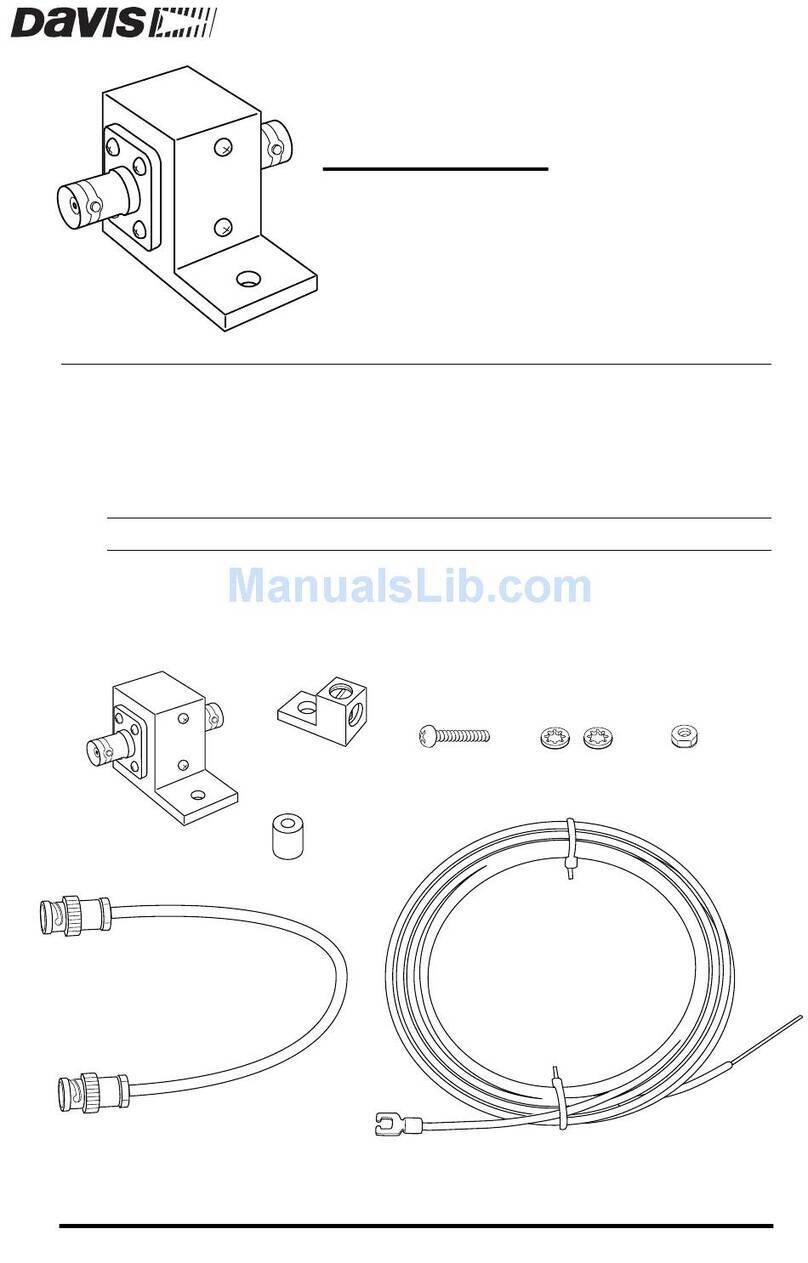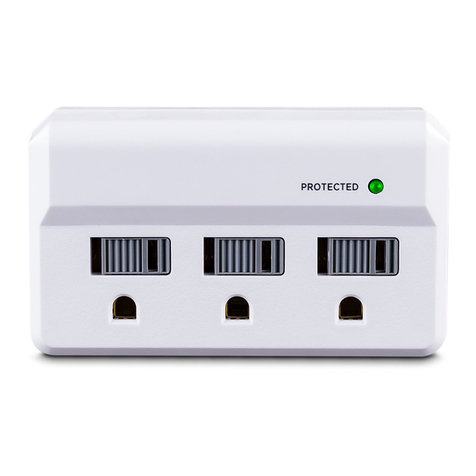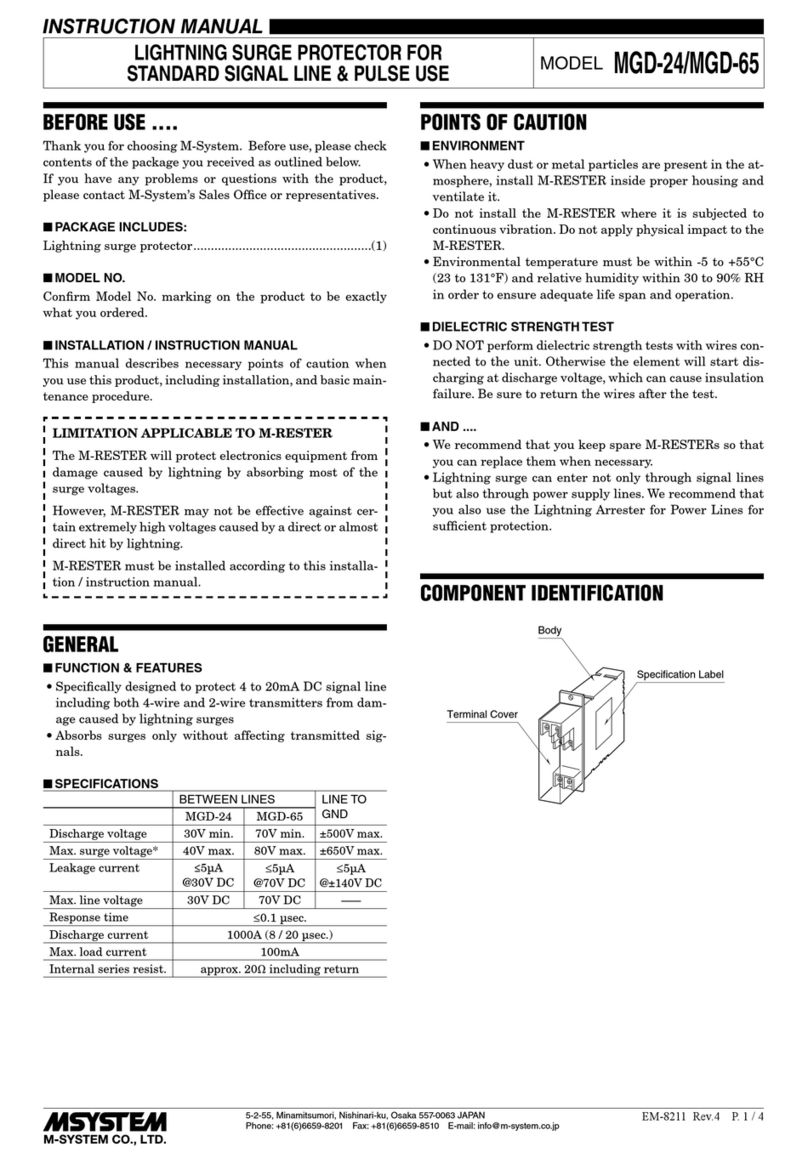
4
CURRENT TECHNOLOGY®PX3TM INSTALLATION, OPERATION AND MAINTENANCE MANUAL
E.g.: PX3-050-208-3Y-MFT-M6E-F2D
PX3 — 050 — 208 — 3Y — MFT — M6E — F 2 D
Model
kA Rating
Voltage
Configuration
Monitoring
Filter Option
Optional Feature
Integral Disconnect
Enclosure
kA Rating
Available PX3TM kA Ratings:
050, 080, 100, 125*, 150*, 200*
Voltage**
208 120/208
240 120/240
380 220/380
480 277/480
600 347/600*
Configuration**
1G 1-Phase, Grounded
2G 2-Phase, Grounded, Split-Phase
3Y 3-Phase, Grounded, Wye
3R 3-Phase, Grounded,
High-Resistance
3H 3-Phase, Grounded,
High-Leg Delta
3D 3-Phase, Grounded, Delta
Enclosure
MFT Metal, Flush Mount, Top Feed
MFB Metal, Flush Mount, Bottom Feed
MST Metal, Surface Mount, Top Feed
MSB Metal, Surface Mount,
Bottom Feed
SFT Stainless, Flush Mount, Top Feed
SFB Stainless, Flush Mount,
Bottom Feed
SST Stainless, Surface Mount,
Top Feed
SSB Stainless, Surface Mount,
Bottom Feed
Monitoring
M0 No local monitoring (see remote
MxX stand-alone option)
M1 LED/Phase + Audible Alarm, Dry
Relay Contacts
M2 M1 + Surge Counter
M3 Advanced Monitoring, Character
Display, Modbus RTU
M4E M3 + Ethernet, Modbus TCP
M5 Advanced Monitoring, Graphics
Display, Modbus RTU
M6E M5 + Ethernet, Modbus TCP
Filter
F Filter
N No Filter
Optional Features
1 Panel Mounted In-House
2 Test Port
3 Type 2 SPD (UL 1283)
4 Full Flush Cover
5 GE Version
6 Square D Version
7 Siemens, Eaton Cutler-Hammer
Disconnect Option
D Integral Disconnect
Blank No Disconnect
Stand-Alone Options
(To Be Ordered As Separate Items)
DTS DTS-2 Diagnostic Test Set
MxX Remote Monitor Extension M1X
through M6EX
HPI HPI Cable
Table 1: Sample Model Number Scheme (PX3)
An area on the back cover of this manual is allocated to log your PX3
model number, purchase date, installation date, and installer
*Not available with Integral Disconnect.
**Consult factory for additional Voltage/Configuration options.
Before Beginning
Confirm that the voltage(s) and service configuration shown on the PX3 product
label are consistent with the voltage and service configuration of the system to
which it is being attached. A model number is printed on the label affixed to the
inside of the PX3 cabinet. Each model number corresponds to the voltage and
service configurations as per sample model number scheme in Table 1:
Pre-Installation Checklist ✓
W A R N I N G ! FOR UNITS WITH DTS-2 TESTER: When unit is
equipped with an Amphenol test port. Power to the Equipment Under
Test (EUT) must be OFF prior to testing. Turn EUT’s disconnect switch
or upstream circuit breaker to “OFF” position.
W A R N I N G ! THE PX3 WARRANTY IS VOIDED if the unit is
damaged as a result of improper installation or the installer’s failure
to verify the following conditions prior to installation.
W A R N I N G ! Do not HIPOT the PX3 unit or the electrical system
to which the PX3 unit is connected without disconnecting the PX3
conductors including phases, neutral and ground.

